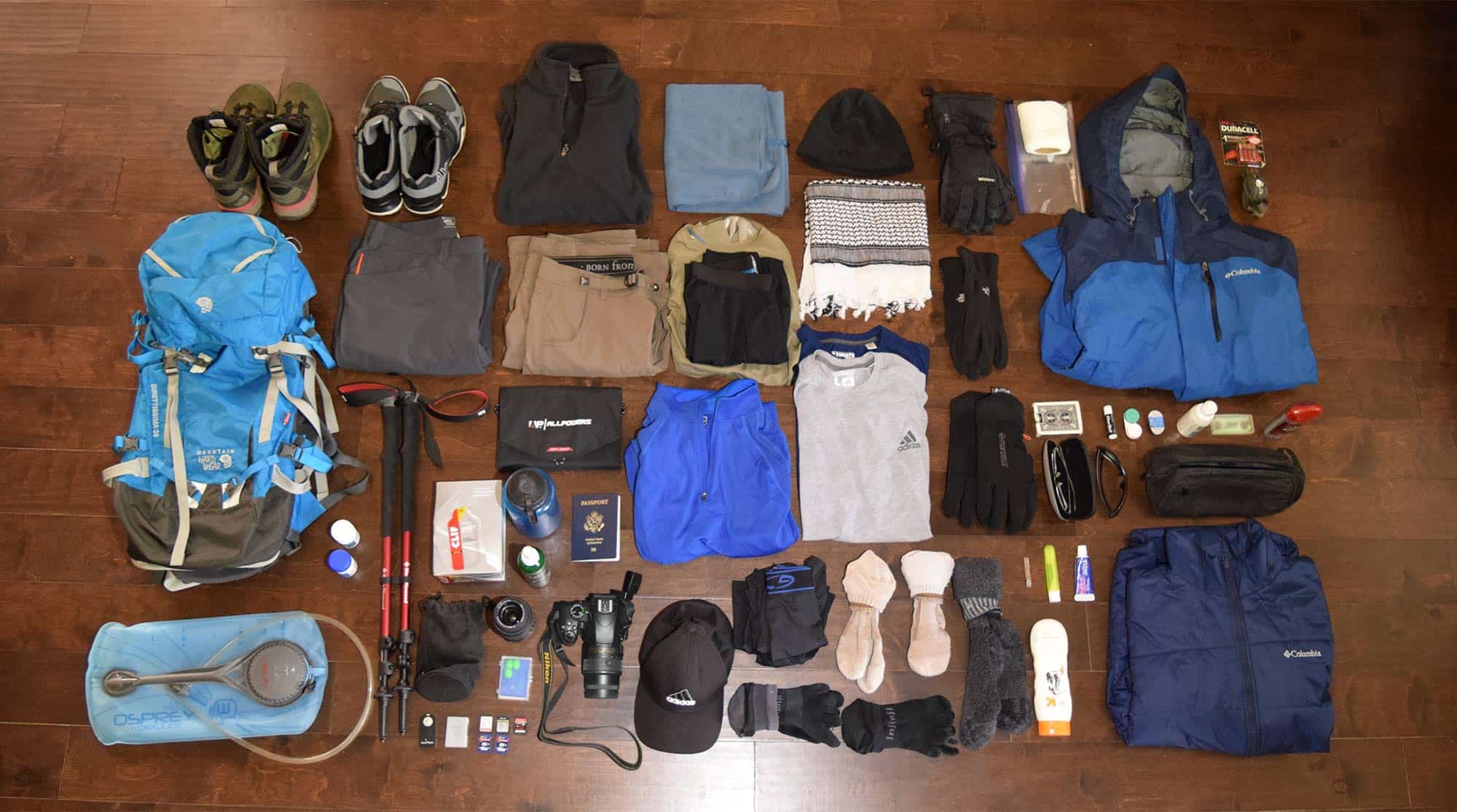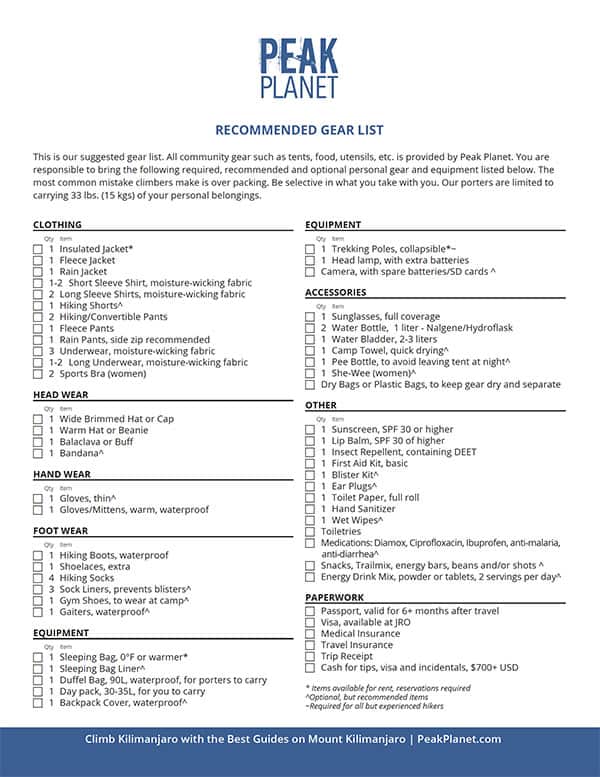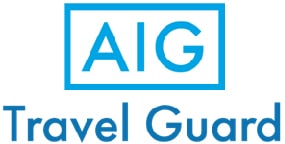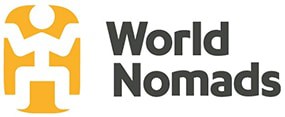Climb Preparation
When is the Best Time to Climb Kilimanjaro?
Generally, the closer a place is to the equator, the warmer the temperature. Because Kilimanjaro is located near the equator, it does not experience four distinct seasons. Instead Kilimanjaro has wet seasons (rainy) and dry seasons (not rainy).
Kilimanjaro has two of each seasons: short rainy season, long rainy season, short dry season, and long dry season.
The best time of year to climb Kilimanjaro is during either of the dry seasons. January and February constitutes the short dry season. July through October constitutes the long dry season. These are the best months to visit generally speaking.
However, if you don’t mind the possibility of a little rain and clouds, you can book your trip for the transitional months of June, December and mid-March. These are considered good times to climb.
The short rainy season occurs during the month of November. The long rainy season goes from the end of March to the beginning of June. We do not recommend climbing during these times due to wet conditions. But for experienced backpackers who have endured such conditions before, it is a possible option to avoid the crowds. It is very quiet. You may very well be the only party at a campsite.
Average Moshi Temperatures
Wet Days per Month
BEST MONTHS TO CLIMB KILIMANJARO
| MONTH | TEMPERATURE | PRECIPITATION | CLOUDINESS | CROWDS | |
|---|---|---|---|---|---|
| January | Warm | Medium | Low | High | |
| February | Warm | Medium | Low | High | |
| March | Moderate | High | Medium | Low | |
| April | Moderate | High | High | Low | |
| May | Moderate | High | High | Low | |
| June | Cold | Medium | Medium | Medium | |
| July | Cold | Medium | Low | High | |
| August | Cold | Low | Low | High | |
| September | Moderate | Low | Low | High | |
| October | Moderate | Low | Medium | Medium | |
| November | Moderate | High | Medium | Low | |
| December | Moderate | Medium | Medium | Medium |
Full Moon Climbs
We schedule group climbs throughout the year that have summit attempts that coincide with a full moon. Climbing during the full moon gives you a great opportunity to see some of the landscape at night.
During typical ascents, we begin the summit bid around midnight. Headlamps are used to light the path immediately in front of you. On a full moon ascent, you have visibility of the terrain and geography due to the light of the moon. It adds an element of awe to an already exciting ascent.
You can view the group climbs that have a full moon on our Dates and Prices Page. Look for the climbs marked with the full moon symbol.![]()
![]()
What Gear Do I Need To Bring?
It is very important to have the right gear when climbing Kilimanjaro. During your expedition, you may encounter many different types of weather and a wide range of temperatures. The gear you bring must be able to withstand these variables. Below is our recommended gear list. You are required to bring all necessary items for your climb. Note that some items may be rented from us on location.
We will provide you with a tent, sleeping pad, food, water, and tableware.
Due to the COVID-19 pandemic, clients must bring a face mask/covering and hand sanitizer. You may be required to wear a mask/covering at certain times during your trip, such as when traveling in a vehicle or in areas where social distancing is not possible.
Recommended Gear List
Clothing
- 1 Insulated Jacket*
- 1 Fleece Jacket
- 1 Rain Jacket
- 1-2 Short Sleeve Shirt, moisture-wicking fabric
- 2 Long Sleeve Shirts, moisture-wicking fabric
- 1 Hiking Shorts^
- 2 Hiking/Convertible pants
- 1 Fleece Pants
- 1 Rain Pants, side zip recommended
- 3 Underwear, moisture-wicking fabric
- 1-2 Long Underwear, moisture-wicking fabric
- 2 Sports Bra (women)
Footwear
- 1 Hiking Boots, waterproof
- 1 Shoelaces, extra
- 4 Hiking Socks
- 3 Sock Liners, prevents blisters^
- 1 Gym Shoes, to wear at camp^
- 1 Gaiters, waterproof^
Headwear
- 1 Wide Brimmed Hat or Cap
- 1 Warm Hat or Beanie
- 1 Balaclava or Buff
- 1 Bandana^
Equipment
- 1 Sleeping Bag, 0°F or warmer*
- 1 Sleeping Bag Liner^
- 1 Duffel Bag, 90L, waterproof, for porters to carry
- 1 Daypack, 30-35L, for you to carry
- 1 Backpack Cover, waterproof^
- 1 Trekking Poles, collapsable*~
- 1 Headlamp, with extra batteries
- Camera, with spare batteries/SD cards^
- Power Bank or Solar Panel^
Handwear
- 1 Gloves, thin^
- 1 Gloves/Mittens, warm, waterproof
Accessories
- 1 Sunglasses, full coverage
- 2 Water Bottle, 1 liter – Nalgene/Hydroflask
- 1 Water Bladder, 2-3 liters
- 1 Camp Towel, quick drying^
- 1 Pee Bottle, to avoid leaving tent at night^
- 1 She-Wee (women)^
- Dry Bags or Plastic Bags, to keep gear dry and separate
Other
- 1 Sunscreen, SPF 30 or higher
- 1 Lip Balm, SPF 30 of higher
- 1 Insect Repellent, containing DEET
- 1 First Aid Kit, basic
- 1 Blister Kit^
- 1 Ear Plugs^
- 1 Toilet Paper, full roll
- 1 Hand Sanitizer
- 1 Wet Wipes^
- Toiletries
- Medications- Diamox, Ciprofloxacin, Ibuprofen, anti-malaria, anti-diarrhea^
- Snacks- Trailmix, energy bars, beans and/or shots^
- Energy Drink Mix, powder or tablets, 2 servings per day^
Paperwork
- Passport, valid for 6+ months after travel
- Visa, available at JRO
- Medical Insurance
- Travel Insurance
- Trip Receipt
- Cash for tips, visa, and incidentals, $700+ USD
* Items available for rent, reservations required
^Optional, but recommended items
~Required for all but experienced hikers
The items listed in the gear list above will be sufficient in keeping you well protected from the elements. You will notice that list is comprised of multiple layers of clothing. Using a layering system allows you to adjust incrementally as the temperature fluctuates, as opposed using a few thick items of clothing which have less versatility.
Special attention should be made to the fabric of base and middle layers; these garments should be constructed of a moisture-wicking material that effectively pulls sweat away from the body to keep you dry. Cotton is a very poor fabric for trekking and should not be worn.
Porter loads are limited by our standards of porter treatment as well as by Kilimanjaro National Park authorities. Each client should bring a maximum of 15kg (33lbs) of luggage for porters to carry onto Kilimanjaro, so please choose your gear sparingly.
You will need to bring two bags – a medium sized daypack and a large duffel bag. You will carry the daypack during your hike, so it will contain all the things you may need while walking between campsites such as water, snacks, rain gear, camera and extra layers of clothing. A 30 liter daypack works well.
The duffel bag will be carried by the porters. This bag should be larger, from 75L to 90L. You will not have access to this bag during the day. It will be waiting for you inside your tent when you arrive at your campsite. This bag will contain all your other clothing and toiletries. The duffel bag should be waterproof even though the porters will put it inside another larger waterproof bag. Any items that are not needed for the climb at all can be safely stored in the hotel.
How Do I Train to Climb Kilimanjaro?
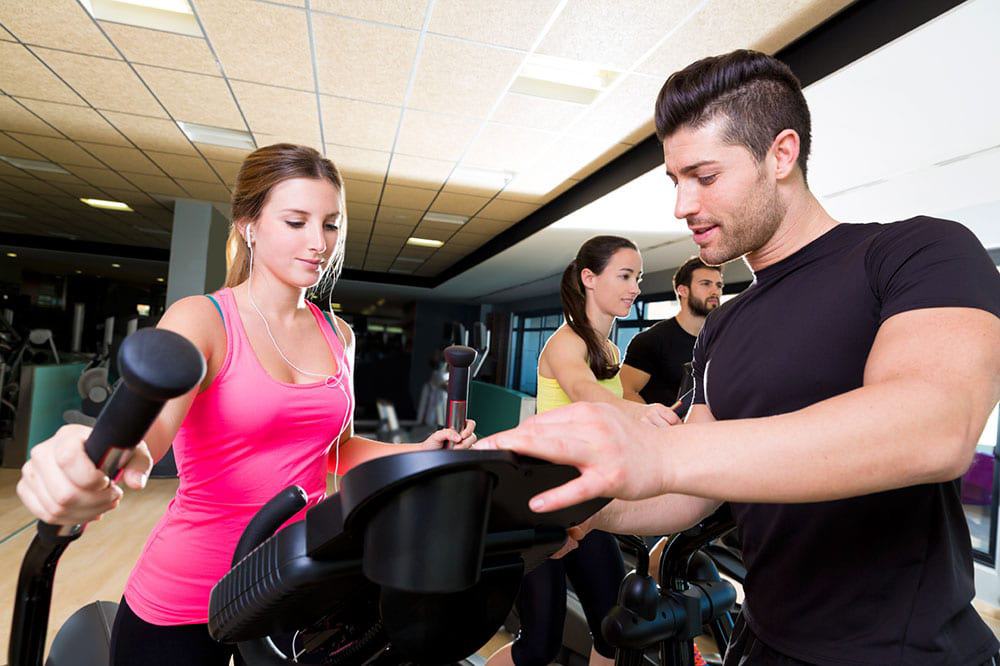
Training is another important step in your Kilimanjaro preparation. How you train is a significant factor in how you will fare on your Kilimanjaro climb. Most of our clients have never hiked for so many consecutive days at such high elevations. Therefore we urge you to be in the best shape of your life. Obviously, it is not easy to climb the tallest mountain in Africa. Although the trekking is at a slow pace and most hiking days end in the mid-afternoon, the combination of physical activity, poor sleep, diminished appetite, dehydration, weather, and altitude are working against you. As you make the push to the summit, your endurance will be tested.
We recommend 8-12 weeks of training to attain a solid fitness level. You may require more or less depending on your current fitness and your hiking acumen. View our sample training program. Note that hiking should be the foundation of your training and is far more important than other types of activity such as running or weightlifting.
Suggested Training
Set a routine for training. Focus on discipline. Make a training schedule and stick to it.
- Day 1: Hike/StairMaster for at least one hour
- Day 2: Light leg workout with weights, or cycling, or jogging
- Day 3: Hike/StairMaster for at least one hour
- Day 4: Rest
- Day 5: Open day to do any exercise you like
- Day 6: Hike/StairMaster for at least one hour
- Day 7: Rest
Notes: For your hikes and StairMaster sessions, you can begin with carrying a little weight in your daypack.
Build your foundation of endurance and strength. Keep workouts challenging and fun.
- Day 1: Hike/StairMaster for at least one hour
- Day 2: Moderate leg workout with weights
- Day 3: Hike/StairMaster for at least one hour
- Day 4: Rest
- Day 5: Open day to do any exercise you like
- Day 6: Hike at least three hours with a weighted pack
- Day 7: Rest
Notes: Increase the weight of your pack to about 20 lbs. Weekly, do one long hike that takes a full day of 6-8 hours of hiking. Also, plan at least one overnight backpack trip where you can test out your sleeping gear.
Your hardest workouts should be at the four-week point. Increase the weight of your pack to 25-30 lbs. Do everything at a faster pace. Really challenge yourself this month to gain mental toughness.
- Day 1: Hike/StairMaster for at least one hour
- Day 2: Hard leg workout with weights
- Day 3: Hike/StairMaster for at least one hour
- Day 4: Light leg workout with weights, or cycling, or jogging
- Day 5: Open day to do any exercise you like
- Day 6: Hike at least four hours with a weighted pack
- Day 7: Rest
Wind down your training to prevent injury. Maintain your strength and endurance with easy to moderate workouts. Be sure to get enough sleep before embarking on your travels.
- Day 1: Hike/StairMaster for at least one hour
- Day 2: Light leg workout with weights, or cycling, or jogging
- Day 3: Hike/StairMaster for at least one hour
- Day 4: Rest
- Day 5: Open day to do any exercise you like
- Day 6: Hike/StairMaster for at least one hour
- Day 7: Rest
What Travel Documents are Needed for Entry?

A passport and visa are required to travel to Tanzania for most citizens, including nationals from the United States of America, the United Kingdom and other European Union countries, Australia, New Zealand, and Canada.
The passport must be valid for 6 months after the intended length of stay.
Visas can be obtained prior to departure from the Tanzanian embassy or at points of entry into Tanzania, including Kilimanjaro Airport. The visa cost for US citizens is $100 and $50 for others. The visa must be paid for in USD only. No other currency or credit card is accepted. Obtaining a Visa at Kilimanjaro Airport is a relatively simple process. When you arrive, as you enter the airport there will be two lines. The line on the right is for people purchasing a visa. The line straight ahead is for people who have a visa. To get your visa, fill out the visa application, show them your passport and pay the fee. You will stand in three lines in total to get through immigration control.
What Medications and Vaccinations are Required?

There are recommended vaccinations for travel into Tanzania. However, there are no required vaccinations. The US Center for Disease Control and Prevention (CDCP) recommends the following vaccinations and medications:
- Malaria
- Yellow Fever (required if entering Tanzania from an ‘infected area’)
- Typhoid
- Hepatitis A
- Hepatitis B
- Rabies
Additionally, the CDCP recommends routine vaccinations for measles/mumps/rubella (MMR), diphtheria/pertussis/tetanus (DPT) and polio, if you are not up to date. Consult with your healthcare professional or travel clinic.
We strongly recommend that you bring:
- Diamox, an FDA approved prescription used to prevent and treat altitude sickness
- Ciprofloxacin, a powerful anti-diarrhea medication
- Doxycycline, Mefloquine or another anti-malarial drug, designed to prevent or cure malaria
- Ibuprofen, a nonsteroidal anti-inflammatory drug to treat headaches (do not use aspirin, which thins the blood)
Having these four medications in your kit covers you for the most common medical conditions experienced on the mountain. Prescription medications are not readily available in Tanzania, so you should obtain these items before your trip. Note that our guides do not carry and will not administer medications.
It is prudent for every client to have a medical check-up to see whether he or she have any medical conditions that increase the risks of trekking at high altitude. The minimum age of participants of our climbs is 16 years old. All clients 65 years of age or older are required to bring a doctor’s certificate stating they are fit to climb Kilimanjaro.
Do I Need Travel Insurance?
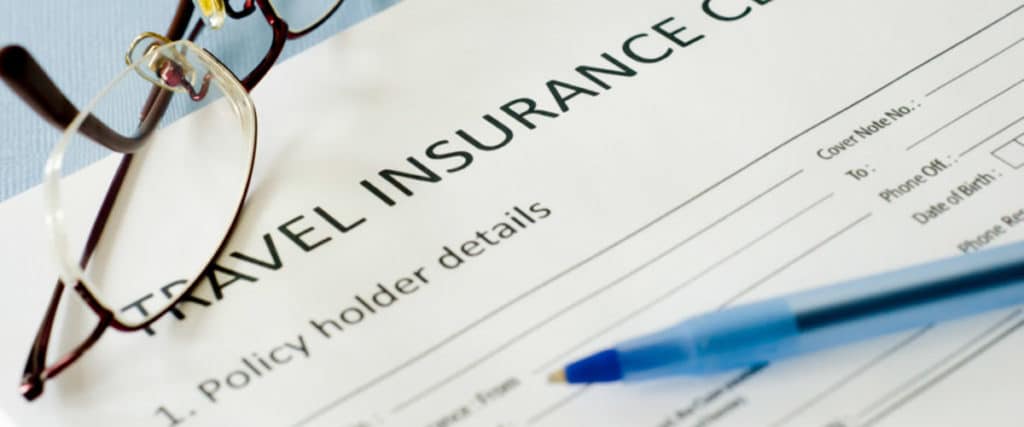
Travel insurance is mandatory. Travel insurance provides you with coverage against unforeseen circumstances. Deposits are nonrefundable upon trip confirmation and balance payments are nonrefundable within 30 days of the trip start date. Therefore, having travel insurance is a smart and practical means to cover your trip even if it was not required.
Travel insurance may cover your trip costs if you have to cancel your trip due to the following situations:
- Flight delays or cancellations
- Injury, illness or other medical conditions
- A death in the family
- Loss of employment
Other items that are reimbursed by travel insurance:
- Lost or delayed luggage
- Traveling expenses
- Hospital costs
- Evacuation
You must have a valid travel insurance policy in order to participate on our climbs. Travel insurance should cover high altitude trekking (not mountaineering) up to 6,000 meters, medical and repatriation costs, and trip cancellation. Furthermore, having travel insurance automatically qualifies you for Kilimanjaro SAR evacuation insurance, which is included in your trip. Without travel insurance, helicopter evacuation and medical treatment may be denied. Therefore it is very important that you acquire travel insurance.
We will verify that you have valid travel insurance prior to the climb. No refunds are given for clients turned away due to failure to obtain the proper coverage.
Do I Need to Exchange Money to Tanzanian Shillings?
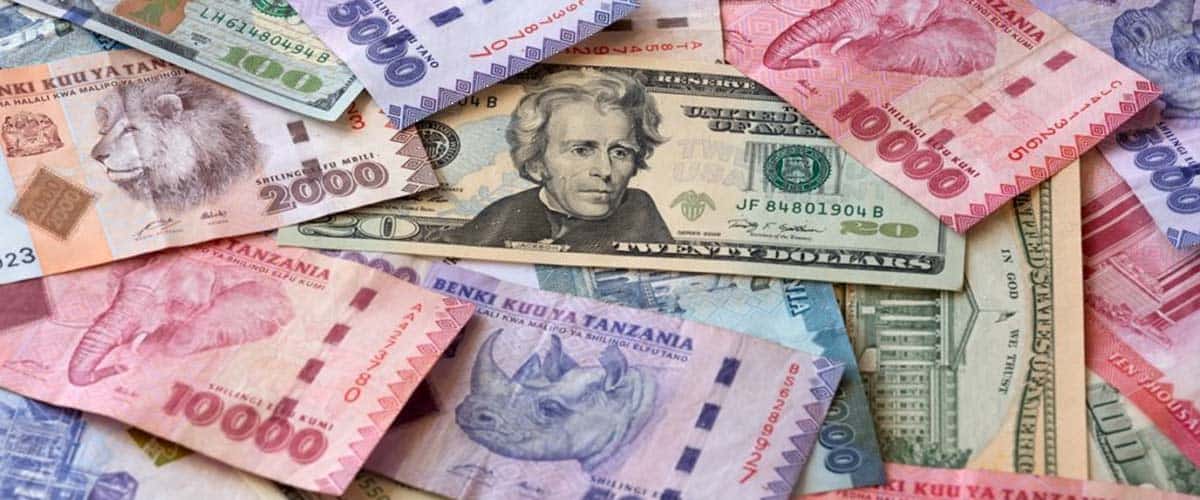

U.S. Dollars are accepted everywhere in Tanzania. Therefore it is not necessary to exchange into Tanzanian Shillings. However, if you plan to make many small purchases, you will get a better deal by using local currency because vendors will round up if you pay in dollars.
Tipping your Kilimanjaro and safari staff is customary, though not obligatory. These tipping guidelines are intended to assist you in determining a proper tip amount for your guides and porters. The total number of staff depends on how many climbers are in the party, which route and how many days you are on the mountain. We will communicate the number of staff to you before your trip so you can prepare the tips. Note that the figures below constitute an appropriate tip for good service. It is perfectly acceptable to give less or more than these figures.
Tipping in Tanzania
You will find that there will be people helping you various times during your trip. Do remember that much of the work in Tanzania is manual, so at camps and lodges in the bush the bed sheets are washed, dried and ironed by hand. It is unlikely you will see this person, but remember they are there and are working just as hard (if not harder) than your waiter at dinner. Thus, when staying in accommodations, we highly recommend that you put any tips directly into the communal tip box at the reception, which is split between all staff, rather than tipping and hotel/camp/lodge staff directly.
Make sure that you bring U.S. Dollars that are crisp, untorn and newer than 2009. Ripped, damaged or worn bills will be rejected.
Tipping on the Mountain Guidelines
- Guide: $20-$30 per day
- Assistant Guides: $15-$20 per day
- Cook: $12-$15 per day
- Specialty Porter: $8-$10 per day
- Porters: $5-$7 per day
Most groups will discuss their tipping amounts collectively and gather all the money together into a pool. Then the group will decide how much to give each individual. You can do it by yourself if you prefer smaller parties. Tipping is done during a tipping ceremony on the last day of the climb. Tipping in US Dollars in acceptable. Two nominated porters will collect the tip and exchange it, and then distributed as directed by the climbers. If providing your tip in US Dollars larger bills (50s & 100s) will get a better exchange rate, meaning your tip will have a bigger impact for your crew.
Tipping on Safari
The general guideline for tipping during the safari is between $20-$25 per day for your guide, for the full group. So for a 5-day safari, the total tip for your guide can range from $100 to $125 and can be given at the end of the safari. The total tip amount for your safari guide does not change if there are more people in the group.
It is typical to tip around $5 per night at the hotels/camps/lodges. There will be a tip box at the reception, so that you can ensure that all of the accommodation staff get a share of the tip.
Where Do the Trips Begin?
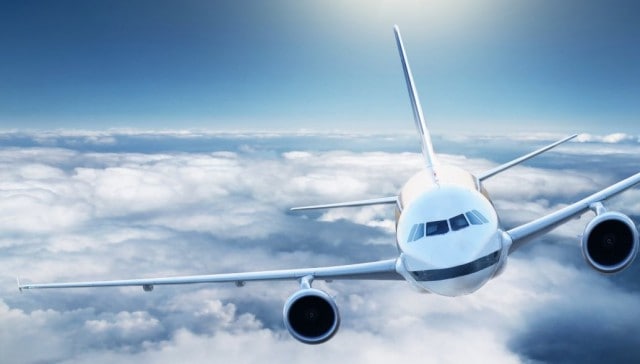
Our trips begin in Moshi, Tanzania. Moshi is a town located on the lower slopes of Mount Kilimanjaro.
Kilimanjaro International Airport (JRO): The most convenient way to travel to Tanzania is to fly into Kilimanjaro International Airport (Airport Code: JRO). We offer free pick up from the airport and will take you to your hotel. Local contact numbers and details on how to meet up with our staff will be distributed upon booking.
From North America, there are two main ways clients arrive at JRO. Firstly, the most popular way is to fly KLM/Delta from a major US city to Amsterdam and then from Amsterdam to JRO Airport. There is one flight per day that arrives in JRO at around 7:30 pm. When arriving on this flight, we estimate that it will take you one to two hours to get your visa and bags. You will arrive at your hotel in Moshi around 9:30 pm – 10:00 pm.
Secondly, the most popular way is to fly to Washington D.C. and then catch an Ethiopian Air flight to Addis Ababa, Ethiopia and them from there to JRO. This flight will bring you into JRO at around 1:00 pm.
Arusha Airport (ARK): Arusha has a small domestic airport in the city. Therefore, flights into and out of this airport are very limited. If you are coming from Zanzibar or Dar es Salaam this may be an option for you.
Jomo Kenyatta International Airport (NBO): Some clients choose to arrive in Nairobi, Kenya. From Nairobi, you can take a daily shuttle bus to Arusha for under 50 USD. The ride is about 4-5 hours. You will need to take the bus to Moshi which costs about 75 USD and is about 6-7 hours. We do not provide any transportation to or from Nairobi. Clients must arrange this transportation themselves.
The map above will give you a good idea of the locations of the airports and their relation to the cities and Mt. Kilimanjaro. Also, if you are interested in adding a safari, the locations of the parks are also shown.


